How does the government invest funds for financially settled environmental offsets?
The Queensland Government is responsible for the delivery of environmental offsets financially settled with the State to achieve conservation outcomes and benefits for prescribed matters of environmental significance impacted by development.
Management of funds
Financial settlement offset payments for State-required offsets are administered by the Department of the Environment, Tourism, Science and Innovation (department). The funds are quarantined for offset projects throughout the state.
The register of offsets lists offset payments that will be used to deliver projects in various locations for the corresponding conservation outcomes.
How do I get involved in providing environmental offsets?
There are opportunities available for interested parties to get involved in delivering environmental offset activities through the Offsets Fund. Delivery of environmental offsets provides offset suppliers with an additional income stream while assisting with the conservation of a threatened species or ecosystem.
If you are interested in providing environmental offsets on your land or to be considered as an offset provider, here are the ways to get involved:
- Learn more about becoming an environmental offset provider
- Register your interest in providing an advanced offset by emailing offsets@detsi.qld.gov.au.
- Register your interest in providing a financial offset, or services that may be provided in identifying or delivering offsets by emailing financialoffsets@detsi.qld.gov.au.
- Learn how you can tender for opportunities, including the process for tendering. Tenders seeking suppliers to deliver offset projects may be periodically advertised on the QTenders website. To receive email updates please register on QTenders.
- Check the offsets register regularly. This register lists offset payments that will be used to deliver projects for the corresponding environmental matters.
If you have any further questions or would like more information about environmental offset delivery, please email financialoffsets@detsi.qld.gov.au.
Example of environmental offset projects funded by the Offset Account
Conservation outcomes are being delivered by the department for impacted matters such as the vulnerable koala, endangered Carpentarian grasswren and threatened plants such as the whipstick wattle. Examples of current environmental offset projects are below:
On this page
Eastern ground parrot
An offset project to compensate for impacts to eastern ground parrot habitat caused by the Sunshine Coast Airport runway extension. Learn more about the Eastern ground parrot project.
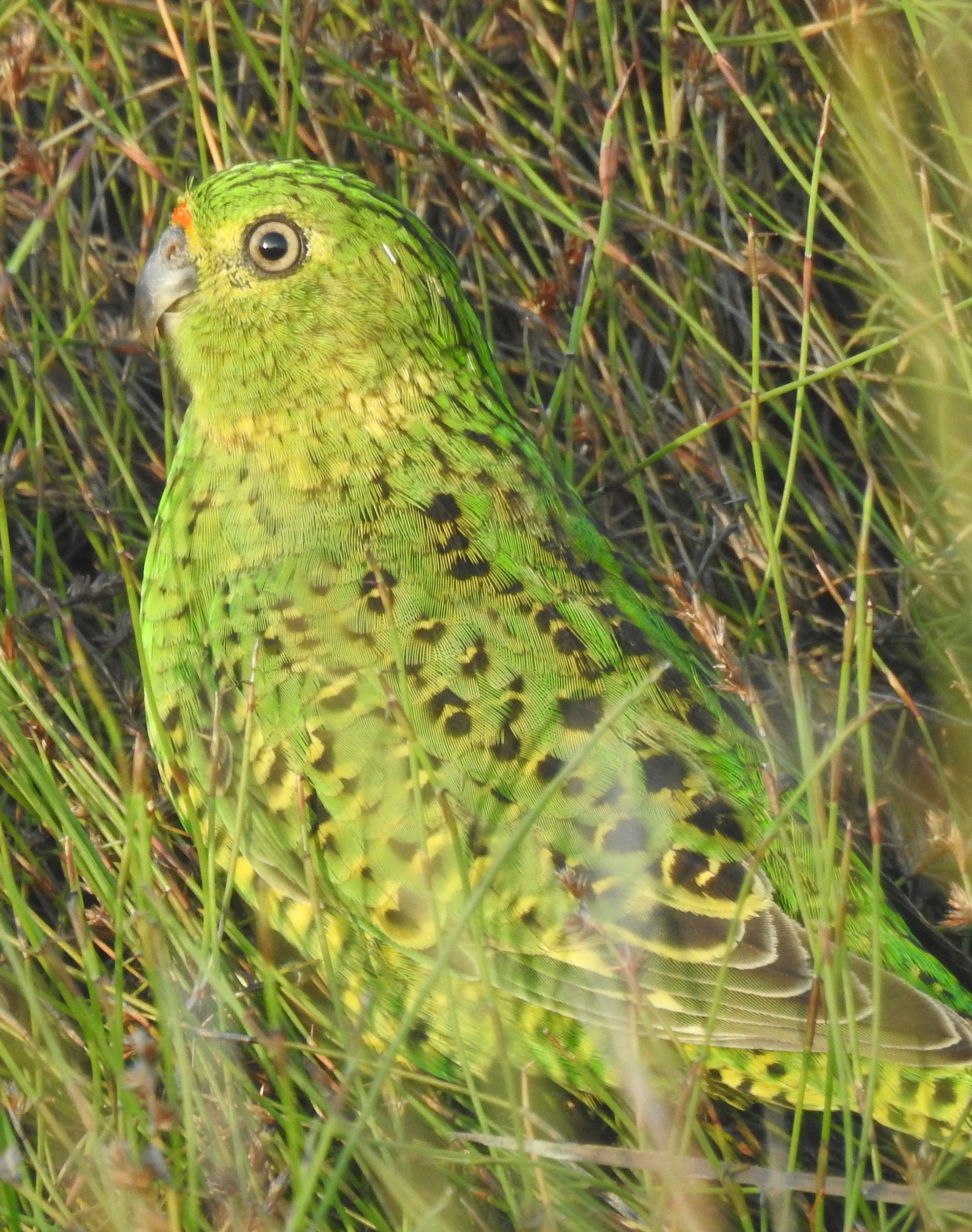
Project details and benefits:
- the eastern ground parrot has a highly restricted range on the Sunshine Coast
- an expert panel recommended Mount Coolum National Park as the best site for the offset project given the suitability of its vegetation type and connectivity to the impacted area
- baseline monitoring of the eastern ground parrot and its habitat condition is a project requirement to quantify the effectiveness of conservation outcomes.
Outcomes to date:
- a vegetation management and fire management operation on the offset site have been implemented to improve habitat condition
- maintenance of the conservation outcomes are now underway with scope for further adaptive management actions to be implemented guided by monitoring results.
Koalas in southeast Queensland
An offset project to compensate for impacts to koala habitat resulting from development activity (multiple sources) in southeast Queensland.
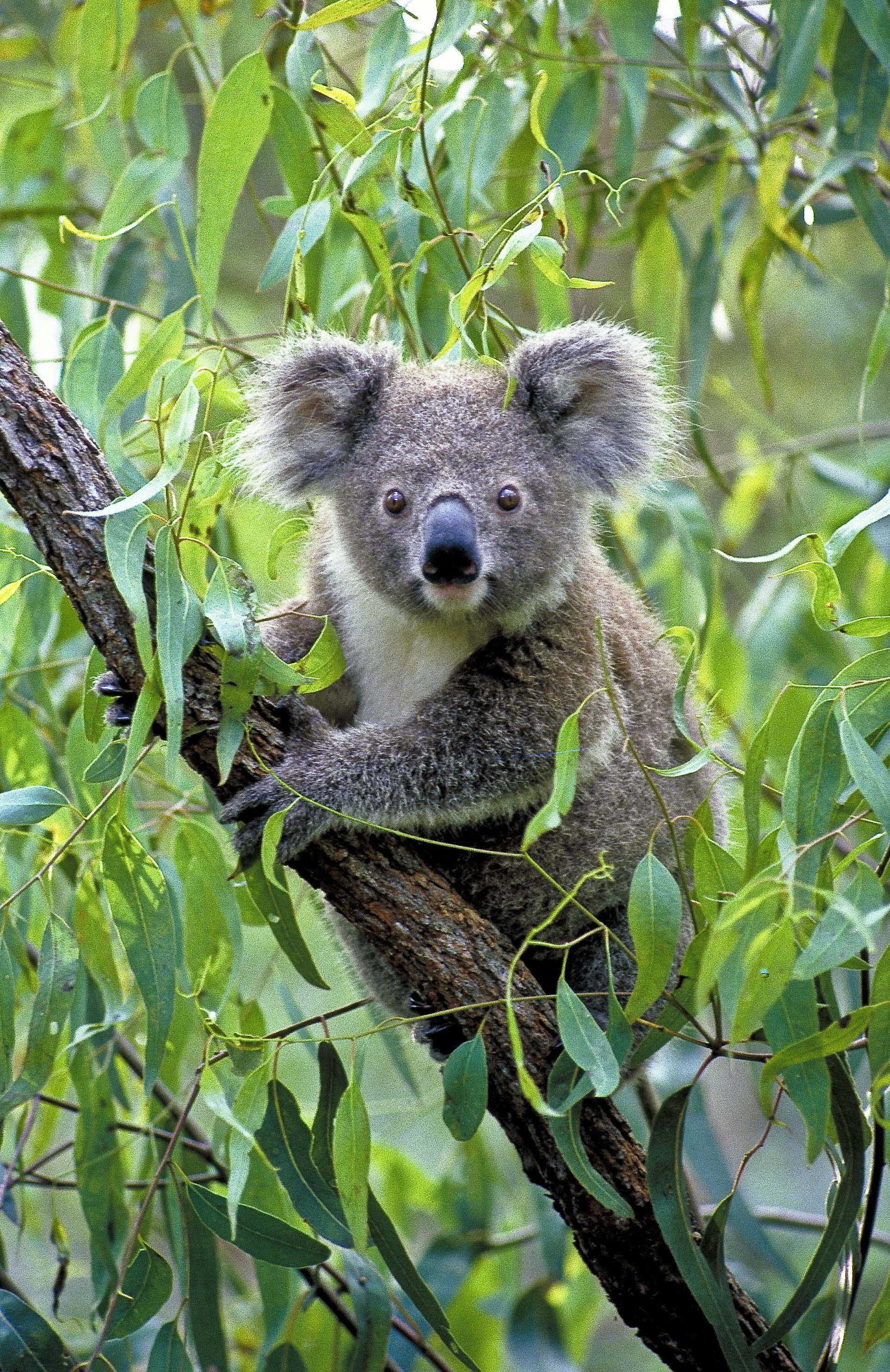
Project details and benefits:
- the offset site has direct connectivity with known habitat for the threatened koala and is a part of the largest remaining contiguous stretch of open eucalypt forest in southeast Queensland
- on-ground management activities will enhance existing koala habitat and will be monitored and reported upon annually to track improvements.
Outcomes to date:
- the offset site has been revegetated with 760 koala habitat trees suitable to the regional ecosystem
- a management program of weed, fire and feral animal management has been implemented on the site
- monitoring indicates a stable and active population of koalas adjacent to the site, and movement throughout the offset site
- the offset site has been legally secured and is now being managed to ensure its ongoing protection.
Marine plants
An offset project to compensate for impacts (multiple sources) to marine plants within the Tweed-Moreton Marine Bioregion.
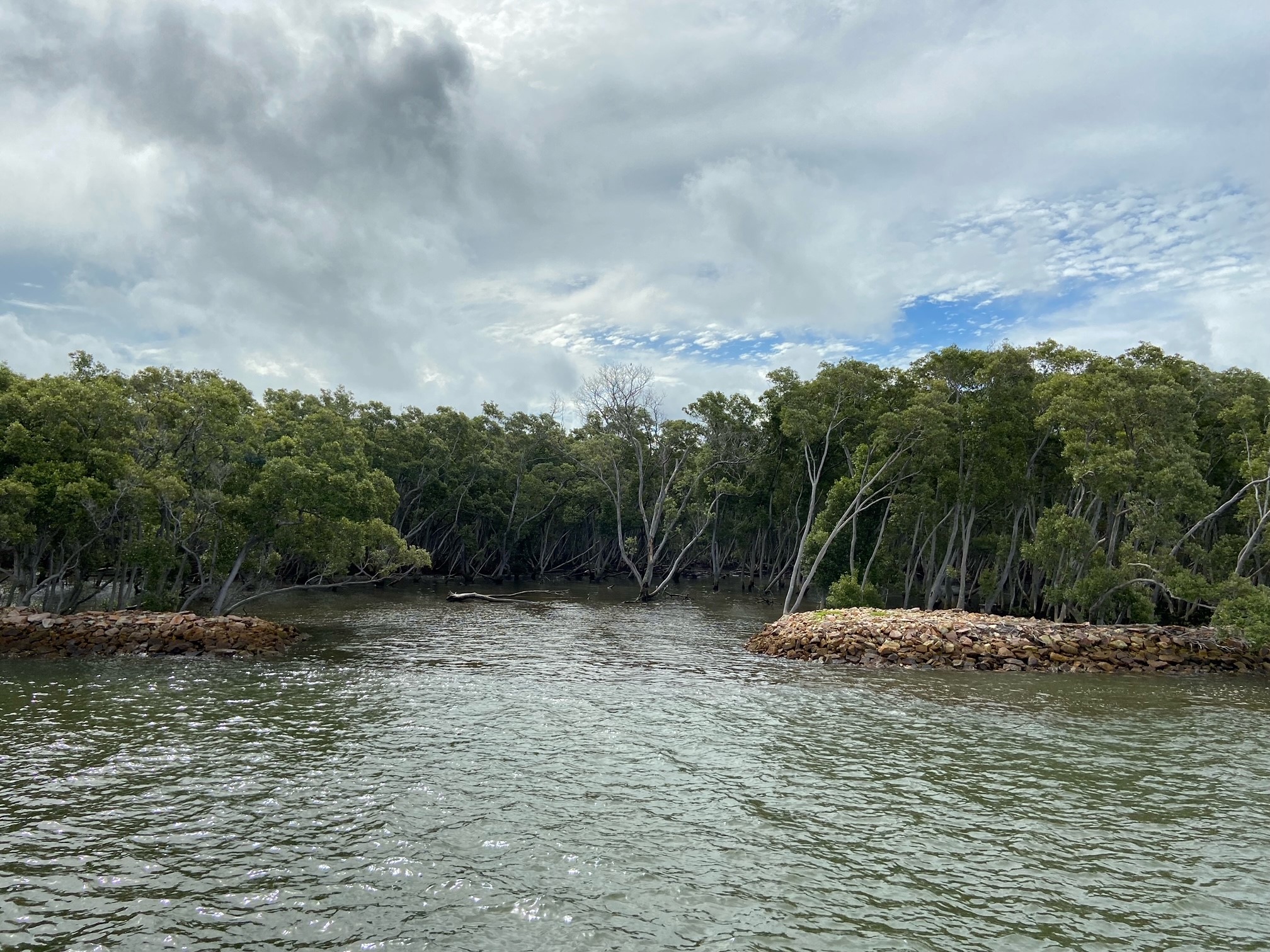
Project details and benefits:
- prior to project commencement, the offset site was separated from the Brisbane River by a seawall that prevented fish from accessing mangroves and reduced the dispersal of marine plant seeds
- the offset project was designed to improve local fish species diversity and increase the quality of mangrove habitat by removing the barrier caused by the seawall.
Outcomes to date:
- over 19 hectares of marine plant habitat has been legally secured through the project
- the seawall barrier has been removed, increasing water flow and providing greater opportunities for natural seed dispersal and fish passage
- post-works monitoring has shown a measurable improvement to mangrove health and increased fish diversity.
Toadflax (Thesium australe)
An offset project to compensate for impacts to a population of Austral toadflax (Thesium australe) resulting from the Toowoomba Bypass project in the eastern Darling Downs. Learn more about the toadflax project.
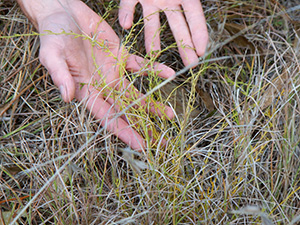
Project details and benefits:
- a regional landholder with specialist knowledge of the Austral toadflax identified several occurrences of the threatened plant on their property
- the site was confirmed as suitable to host the offset project by the department
- management actions that will protect and enhance the extent of the species are being delivered by the landholder and offset provider.
Outcomes to date:
- management actions required to meet the offset objective were designed in consultation with the Queensland Herbarium
- the number of Austral toadflax plants has been increasing on the offset site each year since the implementation of management actions (primarily controlled slashing and fire management) as verified by monitoring data.
Sunshine Coast myrtle (Lenwebbia sp. Blackall Range P.R.Sharpe 5387)
An offset project to compensate for impacts to the Sunshine Coast myrtle (Lenwebbia sp.) to be delivered at several sites across the Sunshine Coast region. Learn more about the Sunshine Coast myrtle financial offset project.
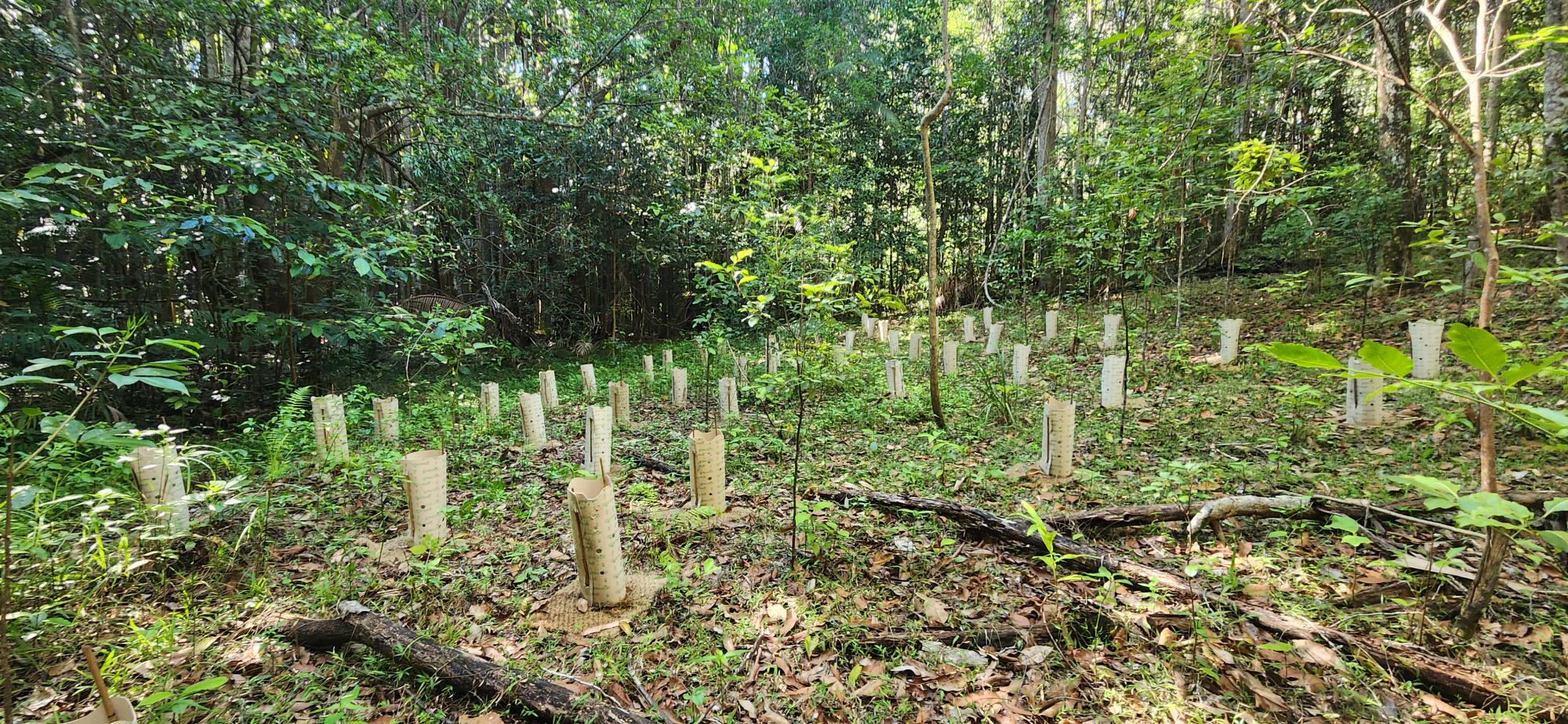
Project details and benefits:
- an offset project to compensate for impacts to Sunshine Coast myrtle (7 individual plants) caused by infrastructure works in the Sunshine Coast region
- Sunshine Coast Council (offset provider) will propagate plants from myrtle rust resistant populations and plant at suitable sites across its reserve network
- the project will be delivered in accordance with the Queensland Herbarium endorsed offset management plan which outlines the management, monitoring and reporting requirements.
Outcomes to date:
- the offset provider has identified populations of Sunshine Coast myrtle that have demonstrated a resistance to myrtle rust – these will be used as the seed source for the offset project
- 500 individual tube stock have been produced in addition to nursery ‘mother’ stock as an insurance measure
- all planting of the propagated tube stock has been completed at several sites across the Sunshine Coast Region with site maintenance now under implementation.